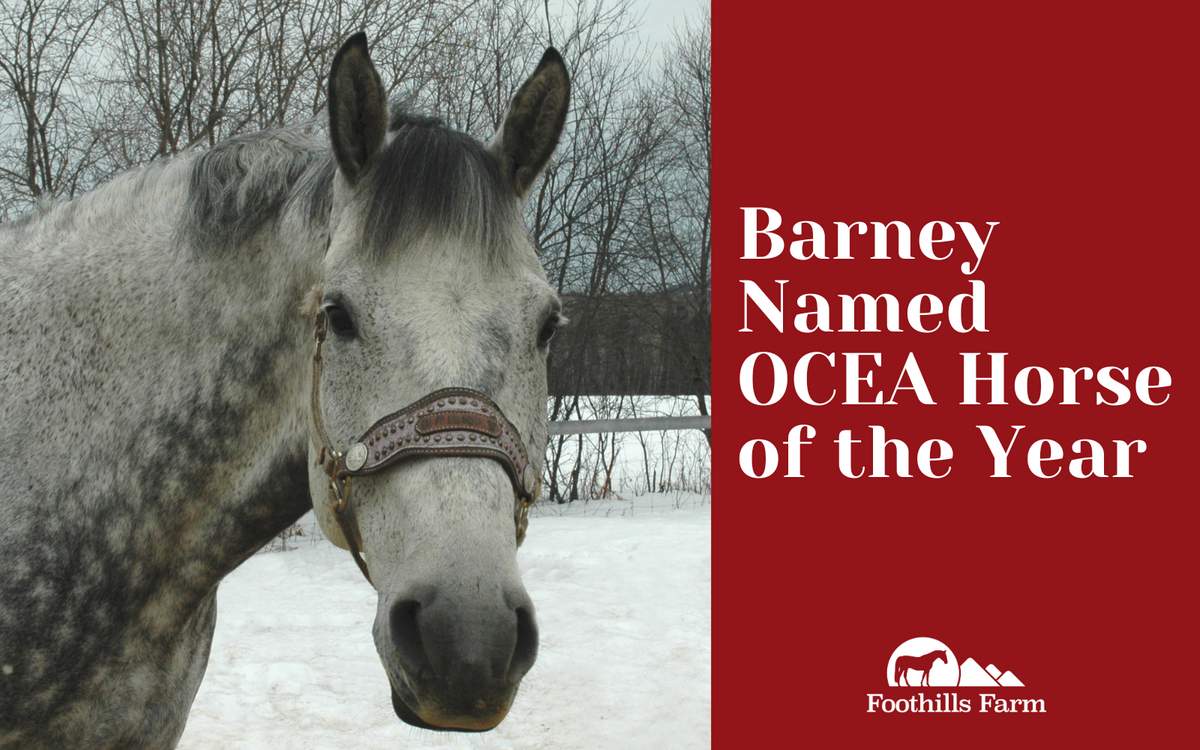Showjumping 101 | A Guide for New Riders

With events like Hunter, Jumper, and Equitation, it can be confusing for new riders to figure what the sport of Show Jumping is all about. Here we put together a break down of the terminology.
Equestrian Sport, is made up of two disciplines: Hunter and Jumper. The Jumper discipline is also known as Show Jumping. Each year, hundreds of horse shows and Hunter/Jumper competitions take place across Canada. Every horse show offers competition for riders of different skill levels, and each offers Hunter, Jumper and Equitation classes. While Hunter and Jumper classes judge the horse, Equitation classes judge the rider.
Jumper
Jumper classes are scored on the horse’s athletic ability over fences as measured by time, and their ability to leave the rails up. Olympic Level Show Jumping is a great example of the highest level of Jumper events. In a Jumper class, the horses’ job is to clear all the fences on the course as quickly as possible without incurring any faults. Horses can incur faults for the following: four faults for each rail knocked down, four faults for every refusal, and 1 fault for every second over the maximum time allowed. The horse and rider combination with the least amount of faults and the fastest time wins. Jumper courses can be very technical and typically consist of 12-16 jumps. Riders are given the opportunity to “walk the course” with their coach before the class begins so they can develop a strategy for riding the course.
Hunter
The modern day Hunter discipline originated from the sport of fox-hunting, where riders galloped their horses across the countryside, jumping over natural obstacles like fences, hedges and stone walls. The hunter classes of today were designed to test the qualities and attributes of a successful hunt horse. Hunter classes are judged on the horse’s performance over fences and the quality of movement under saddle on the flat. Successful hunters have good style over the jumps, demonstrate a rhythmical pace throughout the course and a calm demeanor. Horses and riders need to work together to make the course flow from one jump to the next. A winning round should appear smooth and effortless to the spectator. Courses in the hunter ring typically consist of eight to ten jumps that are more natural looking and lower in height than fences used in jumper classes.
Equitation
In Equitation classes, riders are judged on their ability, form and skill. While the horse must perform at it's best, the horse itself is not being judged. The jumps used in an Equitation course are often the same as those used in Hunter classes, but the course will often include elements like roll-backs, tighter turns, halts or trot fences to test the rider’s ability. Judging is based on the rider’s position, style, accuracy and effective use of the aids (hands, seat and legs), as well as an overall impression of style and finesse.
At each horse show, Foothills Farm has riders of various stages competing in all three Equestrian disciplines. The farm also plays host to several provincial and local level horse shows each summer. Everyone is welcome to come and spend a day in the country at Foothills Farm. There is no charge for admission or parking. Bring the children and a couple of blankets or lawn chairs, sit back and watch some of Ontario's rising Equestrian Stars in exciting competition. Visit our Events Page for upcoming dates.
To learn more about getting involved with horses and pursuing your Equestrian dreams, Contact us.
Also in Blog

Barney Named North Zone Horse of the Year by OCEA
Foothills Farm is thrilled to announce that Barney has been named the North Zone Horse of the Year at the Ontario Collegiate Equestrian Association (OCEA) Year-End Banquet!




